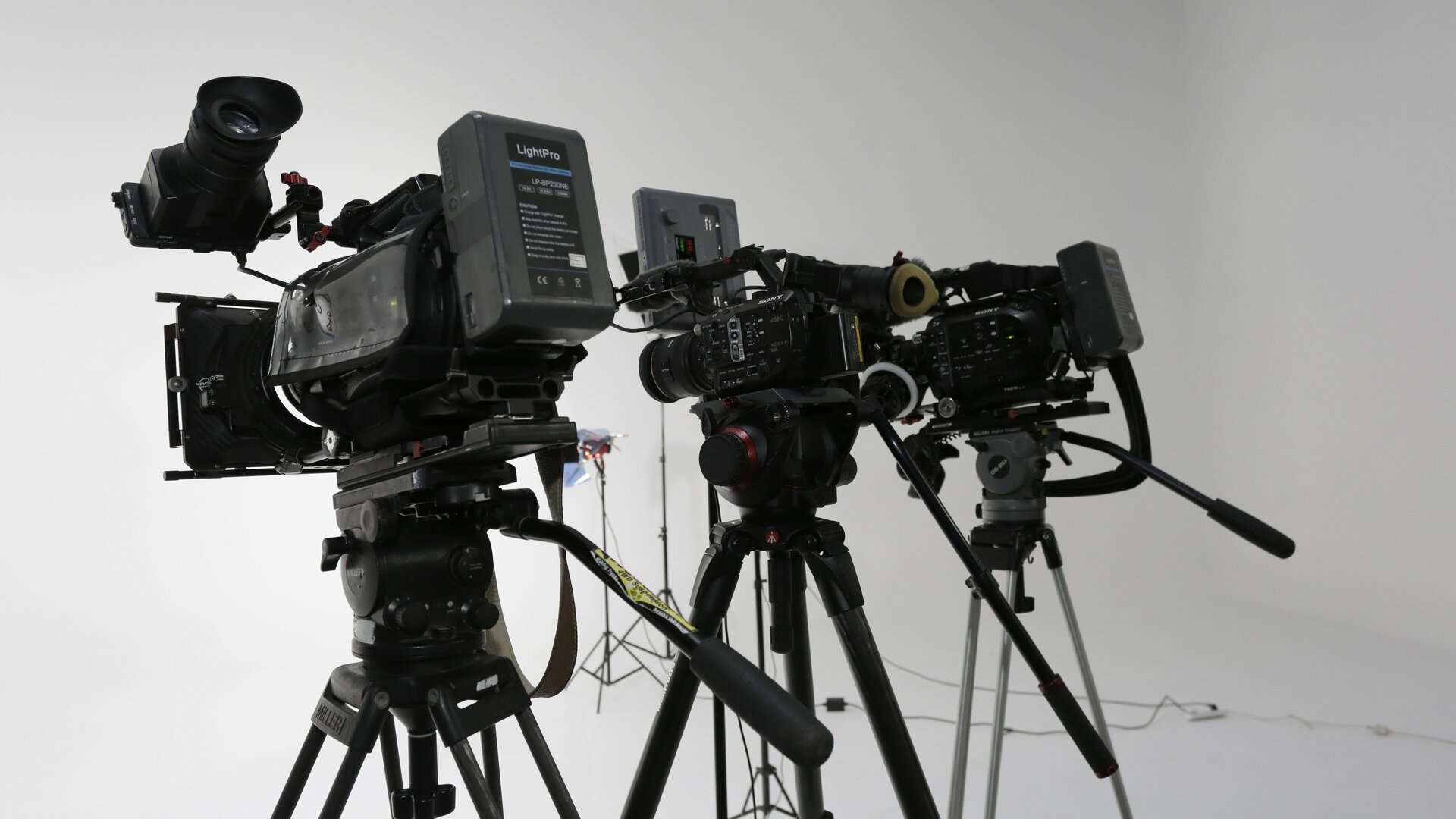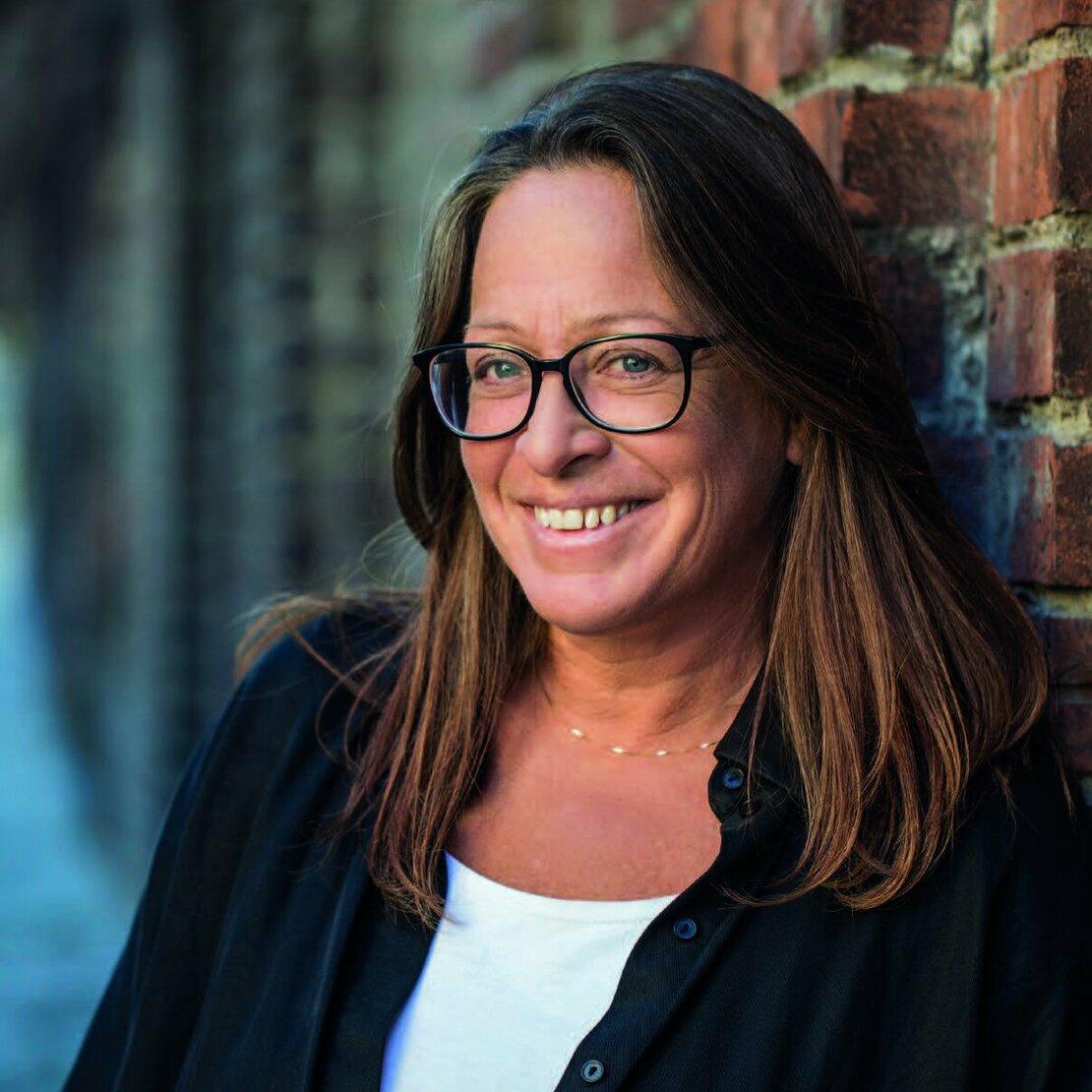The opening film of this year's Women's Film Festival deals with the topic of forced marriage, which is still relevant today, and the role models that women are confronted with. Director Ash Mayfair from Vietnam places her film "The Third Wife" in 19th century Vietnam, where 14-year-old May is the third woman to be married to a wealthy landowner. Soon she gets pregnant, and thus her social status seems to be secured, but she soon realizes, that in the patriarchal structures of her home country her possibilities are severely limited.
The director was inspired by her own family history - she wants to set a monument to her great-grandmother and grandmother with this film, who were forced into arranged marriages, especially because forced marriage is still an issue in many parts of the world. The film has already won several awards, including at the Toronto International Film Festival and in San Sebastian.
"La Camarista" by Lila Aviles deals with the aspirations of a hotel employee in Mexico City. Their daily work, their wishes and dreams are the focus in this film, which has also won several awards. In the feature film "Le vent tourne", Swiss actress Bettina Oberli makes a self-sufficient farm in the Swiss Alps the centre of attention. The idea of using a wind turbine to generate electricity themselves confronts the protagonists with questions about their own needs and desires and the desire to live in harmony with nature.
As an Austrian contribution, which celebrated its world premiere at the last Viennale with great success, the film "She is the other view", designed by Christiana Perschon, will be shown on March 7th. The film deals with the five most important representatives of the feminist avant-garde in Austria. The portrait of these five women portrays their artistic beginnings and the normality of sexism in the 1960s and 70s. Christiana Perschon will also design the Austrian Pavilion at the Biennale this year.
"The festival creates a space for shared experiences and debate," writes Univ. Prof. Dr. Elisabeth Holzleithner in her preface to the festival. She continues: "It creates solidarity in the fight against discrimination and exclusion - with sensitivity for differences as well as for similarities among women. This creates a very important counterpoint to right-wing nationalist, as well anti-feminist tendencies in politics and society.
The Personale is dedicated to the Austrian head lighting designer Kimber Lee Jerrett, who was responsible for the lighting design of films like "Das weiße Band" by Michael Haneke or "L'Animale" by Katharina Mückstein together with the respective Director of Photography. After graduating from high school Kim studied camera at the Film Academy. Like many of her fellow students, she worked at the academy while studying to earn money and gain experience: she volunteered in the lighting department, which interested her that much that she dropped out of her studies to continue working as a lighting designer. Today she is one of the very few female head lighting operators in Austria and a member of the board of Leuchtkraft, the professional association for film lighting and grip.
Hiring Kim Jerret takes a long time, because she is fully booked until autumn and switches between cinema and TV, in between she also takes dives into the world of advertising. "Back then I thought, as a cinematographer the competition is just very tough, regarding light there are more chances." Besides, she's always been fascinated by lighting. When asked whether she wouldn't have more chances as a cinematographer today in view of the constant discussion about the percentage of women in key positions, Kim says very openly: "I don't know, I feel very comfortable with lighting and have never regretted it until today.
She would like to keep the workshop, for which only women had registered by the editorial deadline, very open. "The Women's Film Festival has approached us, the Lighting Association. It will be about my profession and my experience as a lighting technician." One of the participants had already expressed a specific wish for the program: How can one create interesting lighting moods with little effort? This is exactly the topic, because even with a lot of effort not everybody can do this, but it’s easier at least. After all, lighting design is a profession.
“From a student in the camera department to head lighting technician, that doesn't necessarily look like a dream job at first glance?”
Kim Jerrett: “I was a student at the Academy when I was shooting the TV series "Dallas" as a lighting volunteer. And the head lighting guy said that it would be cool if a woman would do that job. I thought the same and that’s why I stayed there. I never regretted it for a second. It's just as creative, I take responsibility and am involved in the creative process. And it was a hard way to get here - as it is for anyone who is successful in the film business.”
“With LEDs and more sensitive cameras a lot has changed - for the better?”
“Technology in general has changed a lot, the cameras are more sensitive, and in post-production a lot can be corrected afterwards. In short, today you can do more with less, otherwise not much has changed.”
“Well, digital or analogue, isn't that a big change?”
“That's what I mean, I still started my instruction in the analogue world. The most serious difference for me would be that on a digital set the light can look pretty bad but when I look into the monitor everything is fine. I'm just "old school" and I think there is a difference in look and feel. Nothing else has changed. If you think that digital film requires less lighting effort, you are wrong. The challenge and the requirements have remained the same, only now there are a bunch of monitors on the set and everyone can look through the camera. As a result, I've become more comfortable and might forget how to look.”
“Does the equipment even matter for the result nowadays?”
“The developments are and were enormous, and I think we have to go along with them. But in the end, you still take a lamp and use its light - in the areas where you want the light to be. The advantages and disadvantages are the same, the tool changes, but the way you work remains the same. What remains is that you need an eye and a feeling, and you can’t replace that with modern technology.”
“Keyword LEDs: Since Arri and Dedo have been using them on the market, you can't talk about bits and pieces anymore?”
“I still love the old spotlights with a Fresnel lens, and If I, for example, use this lens to create sunlight through a window, I’d take an Arri 18 or bigger. But this needs more people and therefore more effort, that’s not always easy to handle.
Thanks to the LED technology and the reflectors, the playground has become wider and bigger. And as an addition to my old lens I use Skypanels, with them I’m on set and I can adjust everything with the iPad. Not bad either.”
“Keyword reflectors ...”
(interrupts) “I like the reflector system, no matter by whom, and I always have a set with me that I use with all kinds of lamps. I use the reflectors all the time and I am very happy with them.”
“In which direction will the lighting technology develop?”
“Smaller but powerful units that will use less and less electricity. But my favourite lamps remain the large Fresnel lenses. Recently, during a shoot at the Film Academy, I pulled out the old ones and told the students that we're going to hang them up. There was so much dust on them that they smoked and smelled terribly, and I was worried that we would set off a fire alarm. But the light was just beautiful.”
“Thanks for talking to me.”

